Chest Symptoms: Common Causes & How to Get Relief
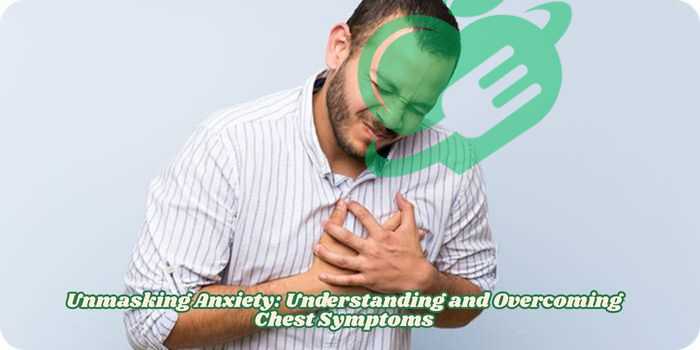
Anxiety can manifest in various ways, often catching us off guard and leaving us searching for answers. One of the most common ways anxiety presents itself is through chest symptoms. Whether it’s a pounding heart, tightness in the chest, or shortness of breath, these physical sensations can be incredibly distressing.
Understanding the connection between anxiety and chest symptoms is essential for effectively managing and overcoming this condition. In this article, we delve into the intricate relationship between anxiety and chest symptoms, shedding light on why they occur and how they can be addressed.
We explore the physiological aspects of anxiety and its impact on the body, as well as the psychological factors at play. With expert insights and evidence-based strategies, we provide practical tips for recognizing, managing, and ultimately overcoming chest symptoms associated with anxiety.
If you’re tired of feeling trapped by anxious thoughts and the physical discomfort they cause, this article will equip you with the knowledge and tools necessary to reclaim control over your mental and physical well-being. Together, let’s unmask anxiety and pave the way toward a calmer, more fulfilling life.
What is Anxiety and its Connection to the Chest?
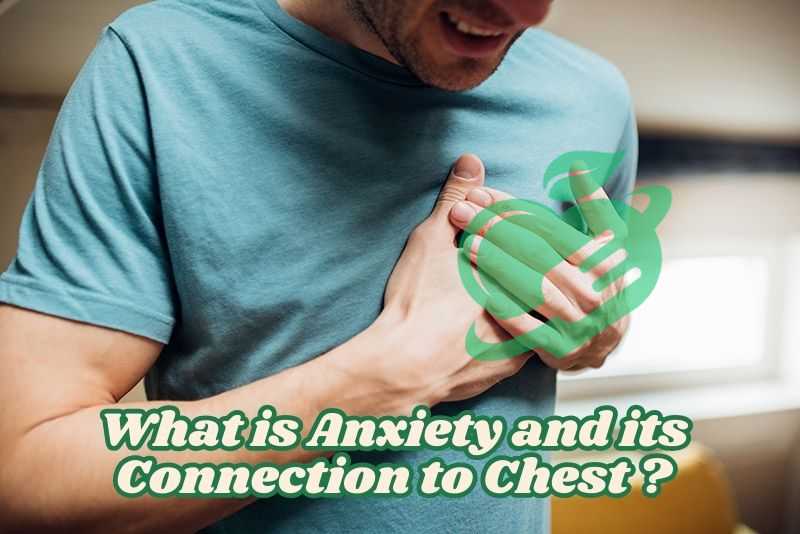
Anxiety is a natural stress response characterized by feelings of worry, fear, and apprehension. This emotional state can surface in various situations, such as during exams, public speaking, or significant life changes. While everyone experiences anxiety at some point, for some individuals, it can become a chronic issue that disrupts daily life. The connection between anxiety and physical symptoms, particularly in the chest area, is significant and often misunderstood.
When anxiety sets in, the body’s fight-or-flight response is triggered, releasing stress hormones like adrenaline. This response prepares the body to react to perceived threats, leading to various physiological changes. One of the most notable effects is the impact on the cardiovascular system, which can result in sensations such as heart palpitations, tightness in the chest, or even feelings of suffocation. These symptoms can be alarming, particularly for those who are not aware of their link to anxiety, often leading to increased panic and further anxiety.
Understanding how anxiety manifests physically is crucial for both recognition and management. Many individuals may experience these chest symptoms without realizing they stem from anxiety, leading to unnecessary distress. By recognizing that these sensations are part of a larger anxiety response, individuals can begin to address the root cause rather than solely focusing on the symptoms themselves. This understanding is the first step toward reclaiming control over one’s mental and physical health.
Common chest symptoms associated with anxiety
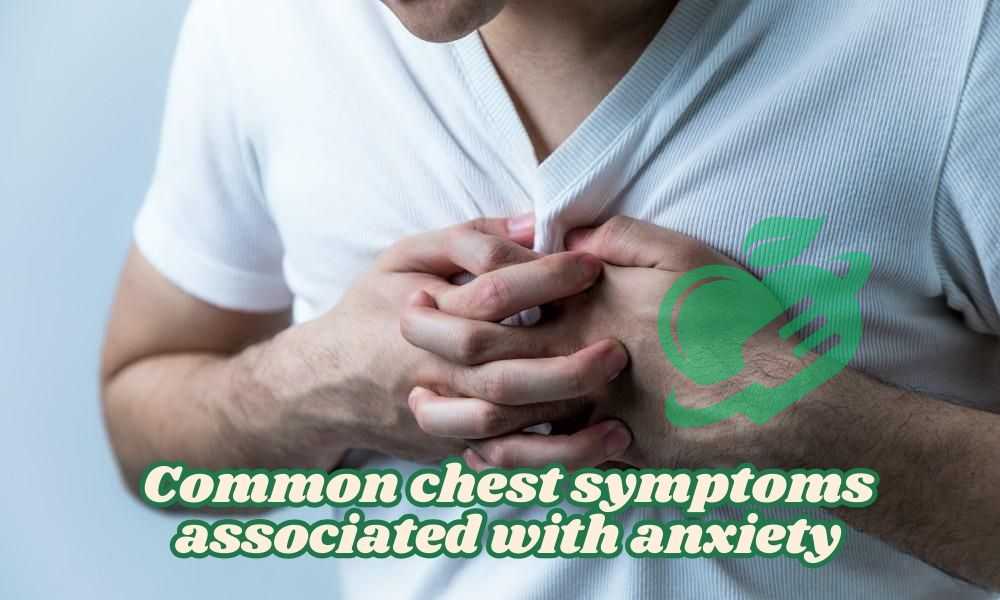
Chest symptoms associated with anxiety can vary widely, but some of the most common experiences include heart palpitations, a feeling of tightness or pressure, and shortness of breath. Heart palpitations are often described as an irregular heartbeat or a sensation that the heart is racing or pounding. This can be particularly distressing, as it may resemble symptoms of a heart attack, leading to increased panic and anxiety.
Another frequently reported symptom is a feeling of tightness or constriction in the chest. Individuals may describe this sensation as though something heavy is pressing down on their chest, making it uncomfortable to breathe. This feeling can create a sense of impending doom, causing individuals to hyper-focus on their breathing and further exacerbate the anxiety. It is essential to note that these sensations are not indicative of a physical ailment but rather a manifestation of anxiety.
Shortness of breath, or a feeling of being unable to catch one’s breath, is also prevalent among those experiencing anxiety. This sensation can lead individuals to feel as if they are suffocating or are in danger, which can trigger further anxiety attacks. Recognizing these symptoms as part of the anxiety experience is crucial for individuals looking to manage their fears and regain a sense of normalcy in their lives.
Physical causes of chest symptoms

The physical causes of chest symptoms related to anxiety are rooted in the body’s physiological response to stress. When faced with a stressful situation, the body undergoes a series of changes that prepare it to face danger. This includes an increase in heart rate, blood pressure, and muscle tension, all of which can lead to the sensation of discomfort in the chest area. The body’s sympathetic nervous system activates, flooding the system with adrenaline, which can lead to feelings of unease and physical symptoms.
Hyperventilation is another common physical response that can cause chest symptoms during episodes of anxiety. When individuals become anxious, they may start to breathe rapidly or shallowly, resulting in a decrease in carbon dioxide levels in the blood. This can lead to a sensation of lightheadedness, tingling in the extremities, and a feeling of tightness in the chest. Recognizing this link between hyperventilation and anxiety is vital for individuals seeking to alleviate their symptoms through controlled breathing techniques.
Read also: The Sweet Secret: Unveiling the Remarkable Health Benefits of Bee Pollen.
Muscle tension is yet another factor contributing to chest symptoms during anxiety. The stress response can cause muscles to tighten, particularly in the chest and shoulders, leading to discomfort and pain. This tension can create a cycle of anxiety, where the physical discomfort leads to increased worry about one’s health, further exacerbating the feeling of tightness or pressure in the chest. Understanding these physical causes can empower individuals to implement strategies to manage their anxiety effectively.
Differentiating between anxiety-related chest symptoms and heart-related symptoms

Distinguishing between anxiety-related chest symptoms and those stemming from heart-related issues is crucial for individuals experiencing discomfort. While both anxiety and heart conditions can present similar symptoms, such as chest pain or palpitations, there are key differences that can aid in identifying the root cause. Anxiety symptoms often arise in conjunction with heightened emotional states, such as panic or fear, and are usually accompanied by other psychological symptoms, including restlessness, irritability, or excessive worry.
Read also: What leads to Type 2 Diabetes?
In contrast, heart-related symptoms may not be linked to emotional states and can occur suddenly or persistently without any apparent trigger. Furthermore, heart conditions often present with additional symptoms, such as dizziness, lightheadedness, or radiating pain to the arms, neck, or jaw. If chest pain is severe, prolonged, or accompanied by these other symptoms, it is crucial to seek immediate medical attention, as they may indicate a serious health issue.
Another distinguishing factor is the context in which the symptoms occur. Anxiety-related chest symptoms often manifest during periods of stress, panic attacks, or moments of intense worry. They may also improve with relaxation techniques or the cessation of the anxiety-provoking situation. In contrast, heart-related symptoms may persist regardless of emotional state and may require medical intervention for relief. Understanding these differences can help individuals navigate their symptoms with confidence and seek appropriate care when necessary.
Read also: How to Manage and Reduce Relationship Anxiety.
Coping strategies for managing anxiety-induced chest symptoms
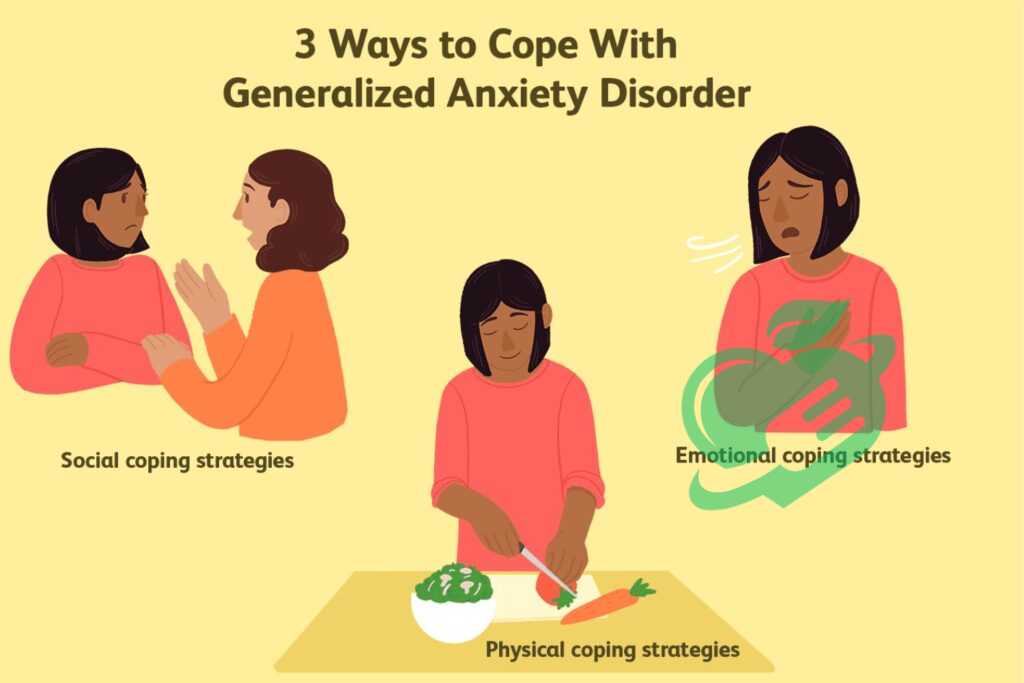
Effective coping strategies are essential for managing anxiety-induced chest symptoms and regaining a sense of control. One of the most beneficial techniques is deep breathing exercises, which can help counteract the physiological effects of anxiety. By focusing on slow, deep breaths, individuals can activate the body’s relaxation response, reducing heart rate and alleviating feelings of tightness in the chest. Techniques such as diaphragmatic breathing encourage deeper inhalation and exhalation, promoting a sense of calm.
Mindfulness and grounding techniques can also be valuable tools for managing anxiety symptoms. Mindfulness involves paying attention to the present moment without judgment, allowing individuals to become aware of their thoughts and feelings without becoming overwhelmed by them. Grounding techniques, such as the 5-4-3-2-1 method, help individuals focus on their surroundings and bring their attention back to the present, reducing feelings of anxiety and physical discomfort. These strategies can provide a sense of empowerment, enabling individuals to navigate their symptoms more effectively.
Read also: Health Advantages of Borage.
Another vital coping mechanism is the use of positive affirmations and self-talk. Challenging negative thoughts and replacing them with encouraging statements can help shift one’s mindset and alleviate anxiety. For example, reminding oneself that the sensations experienced are temporary and not harmful can empower individuals to face their fears head-on. Creating a personal mantra can serve as a reminder of strength and resilience, fostering a more positive outlook and reducing the grip of anxiety on one’s life.
Seeking professional help for anxiety and chest symptoms
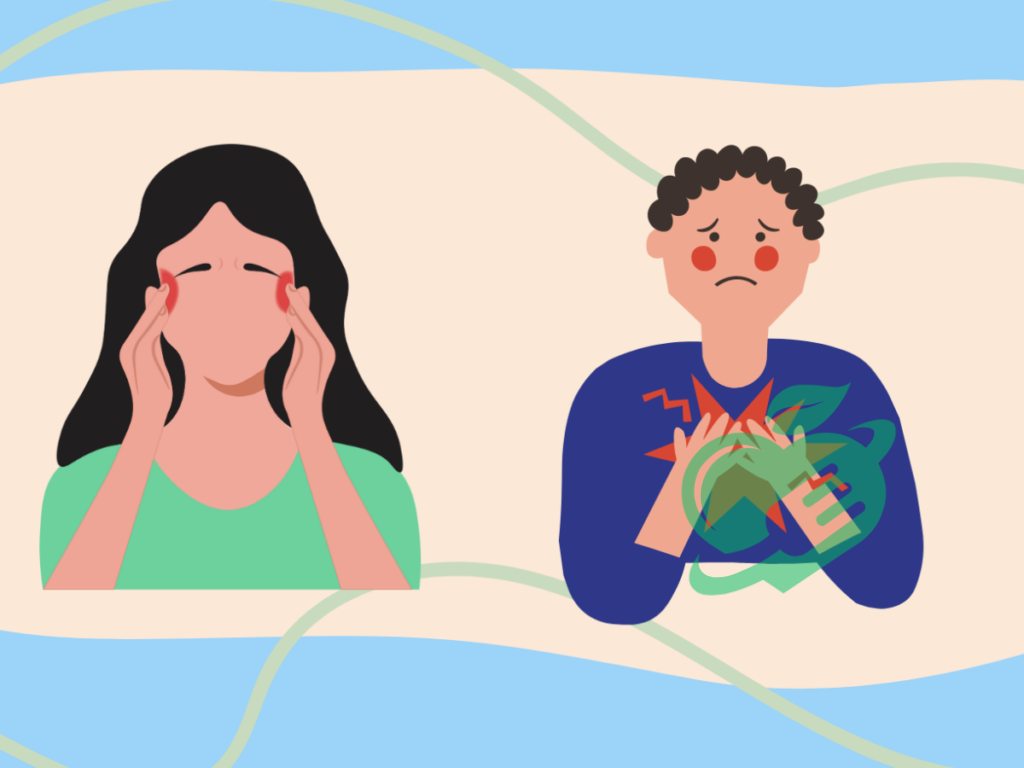
For individuals struggling with persistent anxiety and associated chest symptoms, seeking professional help is a vital step towards recovery. Mental health professionals, such as therapists or counselors, can provide tailored treatment plans that address both the psychological aspects of anxiety and its physical manifestations. Cognitive-behavioral therapy (CBT) is one effective approach that helps individuals identify and challenge negative thought patterns, ultimately reducing anxiety and its symptoms.
In some cases, medication may be recommended to help manage anxiety symptoms. Antidepressants, anti-anxiety medications, and beta-blockers are examples of medications that can alleviate symptoms and improve overall well-being. Working closely with a healthcare provider ensures that individuals receive the appropriate support and guidance tailored to their specific needs, allowing them to navigate their anxiety more effectively.
Support groups can also serve as a valuable resource for those dealing with anxiety and chest symptoms. Connecting with others who share similar experiences can provide a sense of community and understanding. Support groups often offer a safe space to share feelings and coping strategies, fostering a sense of belonging and reducing feelings of isolation. Whether through in-person meetings or online forums, seeking support from peers can be an essential aspect of the healing journey.
Read also: Anxiety Disorder Zoloft : What You Need to Know.
Lifestyle changes to reduce anxiety and chest symptoms
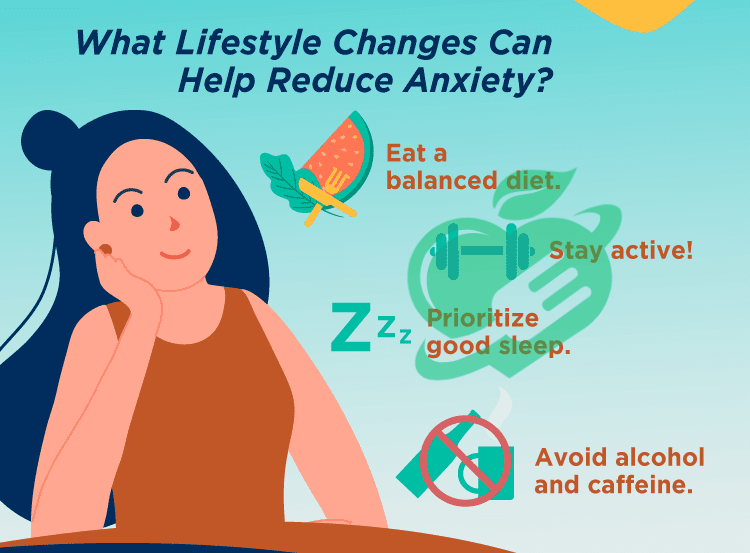
Implementing lifestyle changes can significantly reduce anxiety and its associated chest symptoms. Regular physical activity is one of the most effective ways to manage anxiety, as exercise releases endorphins—natural chemicals in the brain that promote feelings of happiness and well-being. Engaging in aerobic activities, such as walking, jogging, or swimming, can help alleviate tension and improve overall mood. Incorporating movement into daily routines can create a positive feedback loop, further reducing anxiety levels over time.
Nutrition also plays a crucial role in mental health. A balanced diet that includes whole foods, fruits, vegetables, lean proteins, and healthy fats can positively impact mood and anxiety levels. Certain foods, such as those rich in omega-3 fatty acids, whole grains, and magnesium, have been shown to support mental well-being. Additionally, staying hydrated and reducing caffeine and sugar intake can help prevent mood swings and anxiety spikes, promoting a more stable emotional state.
Establishing a consistent sleep routine is another vital lifestyle change that can aid in managing anxiety. Poor sleep quality can exacerbate anxiety symptoms, creating a cycle of restlessness and worry. Prioritizing restful sleep by creating a calming bedtime routine, reducing screen time before bed, and maintaining a consistent sleep schedule can improve overall mental health. By implementing these lifestyle changes, individuals can foster a healthier relationship with their bodies and minds, reducing the impact of anxiety on their daily lives.
Alternative therapies for anxiety relief

One popular approach is acupuncture, which involves inserting thin needles into specific points on the body to promote relaxation and balance. Research has shown that acupuncture can help reduce anxiety levels, improve emotional well-being, and alleviate physical symptoms like chest tightness. Consulting with a licensed acupuncture practitioner can provide tailored sessions to address individual needs.
Another effective alternative therapy is yoga, which combines physical postures, breath control, and meditation to promote relaxation and mindfulness. Regular yoga practice has been shown to reduce anxiety and stress, improve breathing, and enhance overall mental clarity. By focusing on the mind-body connection, individuals can learn to manage their anxiety symptoms more effectively, leading to a greater sense of calm and well-being.
Additionally, mindfulness meditation has gained popularity as a tool for anxiety relief. This practice encourages individuals to focus on the present moment, cultivating awareness and acceptance of thoughts and feelings. Studies have shown that mindfulness meditation can significantly reduce anxiety symptoms and improve emotional regulation. Incorporating mindfulness practices into daily routines can empower individuals to navigate their anxiety and chest symptoms with greater ease and confidence.
Read also: Breathe Definition: Understanding Breath’s Importance.
How to overcome it through self-care and relaxation techniques

Self-care is an essential component of managing anxiety and overcoming chest symptoms. Engaging in activities that promote relaxation and well-being can significantly impact mental health. Practices such as journaling, art therapy, or spending time in nature can provide individuals with a creative outlet to express their feelings and reduce stress. Prioritizing self-care allows individuals to nurture their mental and emotional health, ultimately leading to a greater sense of control over anxiety.
Incorporating relaxation techniques into daily routines can also be beneficial. Progressive muscle relaxation, for example, involves systematically tensing and relaxing different muscle groups to release tension and promote relaxation. This technique can help individuals become more aware of physical sensations in their bodies and reduce the tightness often associated with anxiety. By practicing relaxation techniques regularly, individuals can cultivate a sense of calm and resilience in the face of anxiety.
Finally, establishing a support network of friends, family, or mental health professionals can provide individuals with the emotional support needed to navigate anxiety and chest symptoms. Sharing experiences and feelings with trusted individuals can alleviate feelings of isolation and foster a sense of community. Building these connections can empower individuals to confront their anxiety, knowing they have a support system in place to help them through challenging times.https://powerupyourhealth.com/2024/11/21/from-panic-to-recovery-dealing-with-anxiety-attack-hangover/
Read also: From Panic to Recovery: Dealing with Anxiety Attack Hangover.
Conclusion: Empowering yourself to overcome anxiety-induced chest symptoms
Empowering oneself to overcome anxiety-induced chest symptoms involves a multifaceted approach that combines understanding, coping strategies, lifestyle changes, and professional support. By recognizing the connection between anxiety and physical sensations, individuals can begin to reclaim control over their mental and physical health. Implementing coping strategies, such as deep breathing exercises and mindfulness techniques, can significantly reduce the impact of anxiety on daily life.
Read also: From Theory to Reality: Exploring the Feasibility of Blood Tests for Anxiety Disorders social.
Seeking professional help is a crucial step in the journey toward recovery, allowing individuals to access tailored treatment plans and support. Lifestyle changes, including regular exercise, balanced nutrition, and improved sleep, can further enhance overall well-being and reduce anxiety symptoms. Exploring alternative therapies can also provide additional tools to manage anxiety effectively.
Ultimately, self-care and relaxation techniques empower individuals to navigate their anxiety and chest symptoms with confidence. By fostering a supportive network and prioritizing mental health, individuals can embrace a more fulfilling life, free from the constraints of anxiety. As we unmask anxiety, we pave the way for a calmer, more enriching
Follow us for more updates and breaking news, as we provide you with everything new.




2 Comments